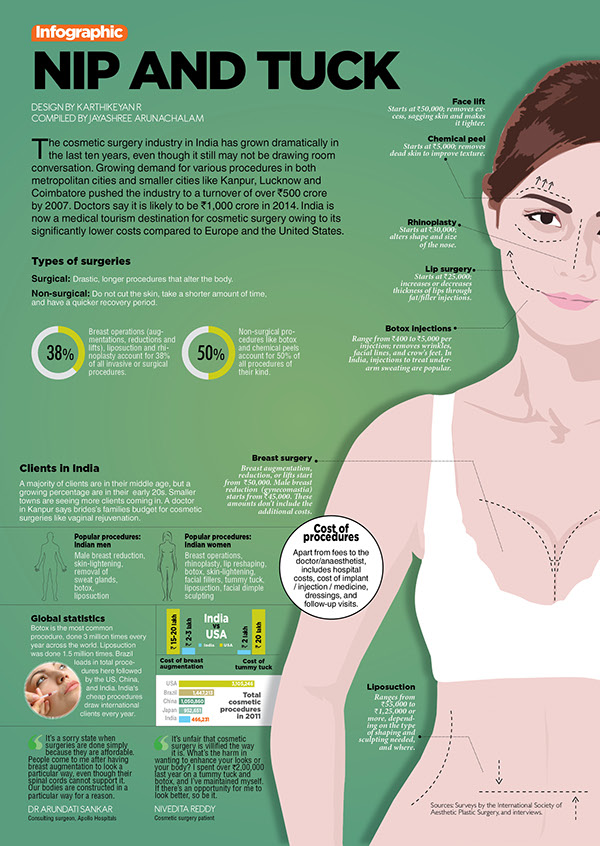Acne And Special Conditions
Acne And Special Conditions
Blog Article
How Does Photodynamic Therapy (PDT) Job?
Photodynamic therapy (PDT) incorporates a light-sensitive medicine with unique light to kill malignant and precancerous cells. Your doctor places the medication on your skin or inside your eye and after that beams a light on the treatment location.
This mix kills cancerous cells and saves healthy and balanced cells. Yale Medication pulmonologist George Eapen, M.D., discusses exactly how this works.
The Photosensitizer
Photodynamic treatment (PDT) makes use of a combination of light and a medicine called a photosensitizer to kill malignant or precancerous cells and extra healthy and balanced tissue. You get a shot of the photosensitizer, which is after that turned on by light in your body. The photosensitizer is taken in by both healthy and cancerous cells yet isn't poisonous up until it is triggered by the light.
Light-absorbing molecules, called photosensitizers, are located in plants and pets, including humans. There are lots of photosensitizers, however many are able to soak up a certain variety of light wavelengths.
Once the photosensitizer is exposed to a light with a coordinating spooky range, it's converted from its ground state right into an ecstatic singlet state. This allows it to move energy to molecular oxygen, generating singlet oxygen and free radicals that moderate cellular poisoning.
The Light
During treatment, an unique light is radiated on the area where the photosensitizer was used. This light triggers the drug and damages cancer cells or precancerous cells that it has actually targeted.
The drugs that are made use of in photodynamic therapy have different absorption buildings and several of them might take hours to leave normal cells yet stay longer in cancer or precancer cells. This procedure enables the physician to target cancer cells more specifically than other types of therapies ultherapy cerca de los ángeles that utilize visible light, such as lasers or electrocautery [54]
Photodynamic treatment can deal with the earliest spots of sunlight damage called actinic keratosis and can lower skin cancer growth in individuals at high risk for creating the condition. It is additionally a choice for some patients with damp type age-related macular deterioration, which is a typical cause of loss of main vision in older adults. It can not bring back the loss of vision caused by this condition, but it can reduce the development of abnormal capillary growth that creates wet AMD.
The Activation
Photodynamic treatment (PDT) uses a drug and light to treat cancer cells and other skin disease. It targets precancerous cells and kills them. Unlike various other cancer therapies that shed and damage, this treatment eliminates precancerous cells while sparing healthy and balanced tissue.
The photosensitizer is provided into the skin via topical, oral or intravenous management. It is absorbed by the lump cells and activated when subjected to light of a specific wavelength. This activates a sequence of photochemical reactions that creates reactive oxygen varieties (ROS) that damage growth tissue and kill cancer cells.
PDT is frequently used to deal with actinic keratoses and sitting squamous cell carcinoma (Bowen disease). It can likewise be made use of to deal with various other kinds of skin cancer cells, including shallow basic cell carcinoma. It can be utilized alone or with other therapies, such as surgery or radiation. It can even reduce tumors in the lungs, enabling surgical procedure or other therapy to be secure and efficient.
The Therapy
PDT works finest in tiny unusual locations of tissue that a light can reach, such as the skin, eyes, mouth or food pipe (gullet) and lungs. It is also utilized to deal with precancerous growths, such as actinic keratoses, which are sun-damaged cells that can become cancer cells.
Medical professionals administer the photosensitizer as a lotion or injection, and after that beam a light on the treatment area. The light damages the abnormal cells. While healthy cells take in the photosensitizer, it remains longer in cancerous cells.
After the treatment, your body normally gets rid of the dead cells. Patients with lung cancer might experience coughing up blood or have a bronchoscopy to remove the lungs of the dead cells. In some cases, your physicians might make use of a bronchoscopy to remove the photosensitizer from the lungs also if it creates significant symptoms. It is very important to remain indoors and use sunscreen when you go outside while the photosensitizer remains in your system.